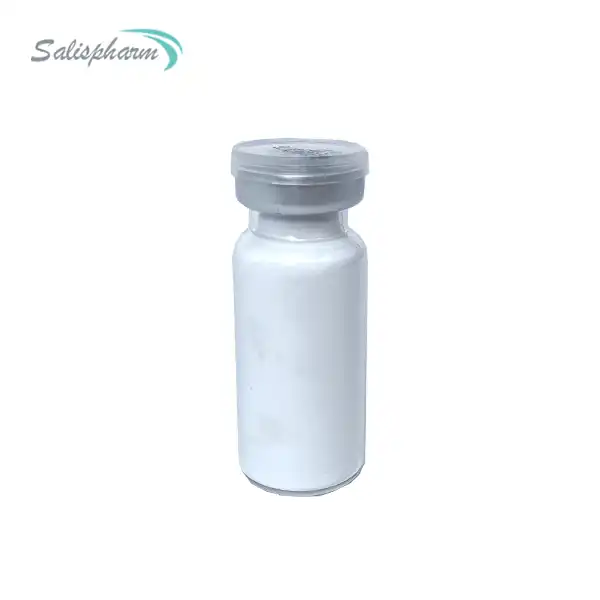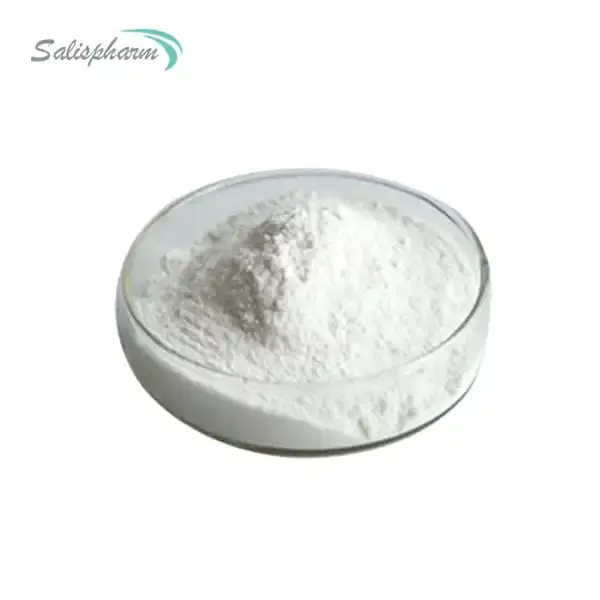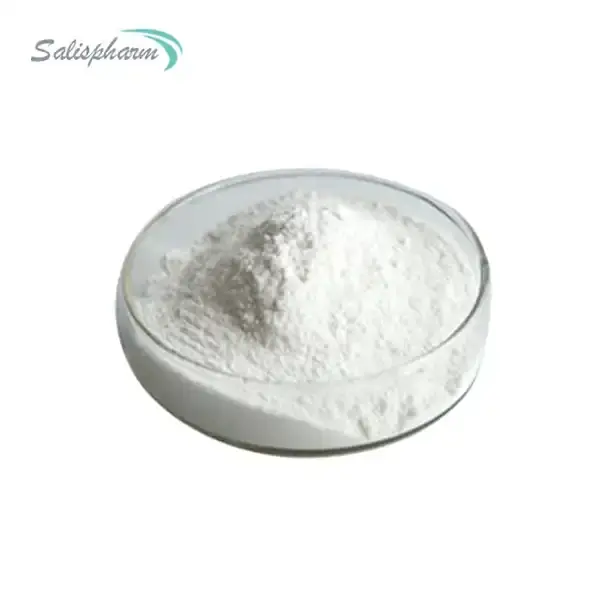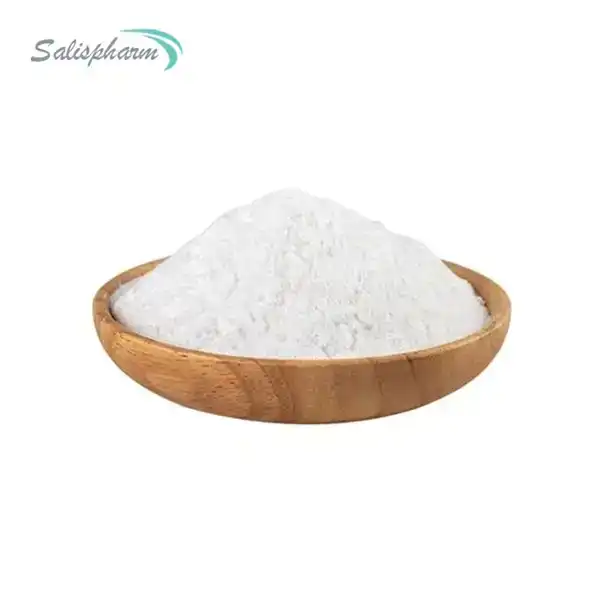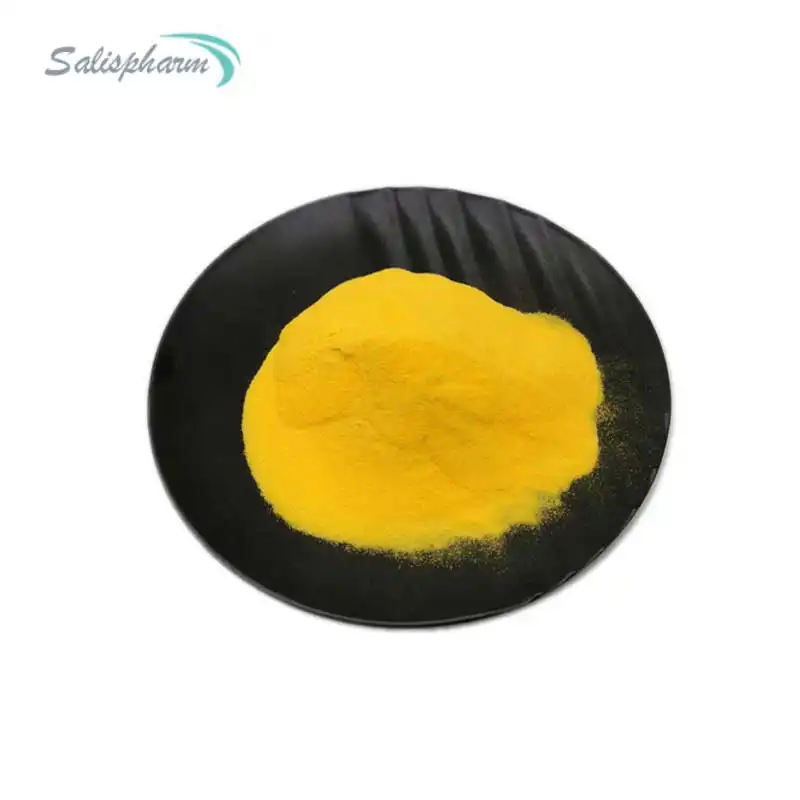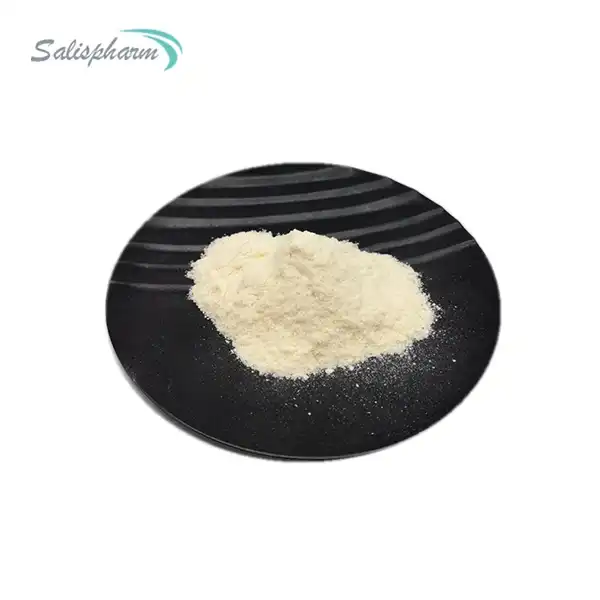Lomefloxacin Powder, a synthetic broad-spectrum antibiotic belonging to the fluoroquinolone class, has gained significant attention in both human and veterinary medicine due to its potent antibacterial properties. While it is primarily used to treat various bacterial infections in humans, there has been growing interest in exploring its potential applications in veterinary practice. This blog post aims to shed light on whether Lomefloxacin Powder can be used for veterinary purposes and the potential implications of such use.
What is Lomefloxacin Powder and How Does it Work?
Lomefloxacin Powder is a powerful antibiotic that works by inhibiting the activity of enzymes called DNA gyrase and topoisomerase IV, which are crucial for bacterial DNA replication and transcription. This disruption of bacterial DNA processes ultimately leads to the death of the bacterial cells, making Lomefloxacin effective against a wide range of gram-positive and gram-negative bacteria.
The powder form of Lomefloxacin allows for convenient storage and transportation, as well as flexibility in dosing and administration methods. It can be formulated into various dosage forms, such as tablets, capsules, or solutions, depending on the intended use and patient requirements.
While Lomefloxacin Powder has proven efficacy in treating human bacterial infections, its potential for veterinary use has garnered increasing attention. Several factors, including the rising prevalence of antibiotic resistance in veterinary medicine and the need for effective treatment options, have driven researchers and veterinarians to explore alternative antimicrobial agents like Lomefloxacin.
Is Lomefloxacin Safe for Animals and Pets?
The safety and efficacy of Lomefloxacin Powder in veterinary medicine are subjects of ongoing research and debate. Like many antimicrobial agents, Lomefloxacin carries potential risks and side effects, particularly when used inappropriately or without proper veterinary supervision.
One of the primary concerns regarding the use of fluoroquinolones, including Lomefloxacin, in animals is the potential for adverse effects on cartilage and joint development in young, growing animals. Fluoroquinolones have been associated with an increased risk of arthropathy (joint disorders) in immature animals, which has led to restrictions on their use in certain species and age groups.
Additionally, Lomefloxacin may interact with other medications, potentially leading to adverse reactions or reduced efficacy. It is crucial to consider the animal's overall health status, concurrent medications, and potential drug interactions before administering Lomefloxacin.
Despite these concerns, Lomefloxacin Powder may be considered for veterinary use under the guidance of a licensed veterinarian and after careful risk-benefit analysis. Proper dosing, monitoring, and adherence to veterinary guidelines are essential to minimize potential adverse effects and ensure responsible use.
What are the Common Uses of Lomefloxacin in Veterinary Medicine?
While the use of Lomefloxacin Powder in veterinary medicine is not as widespread as in human medicine, it has found applications in treating various bacterial infections in animals. Some common uses of Lomefloxacin in veterinary practice include:
1. Respiratory Tract Infections: Lomefloxacin may be employed to treat bacterial pneumonia, bronchitis, and other respiratory tract infections in various animal species, including dogs, cats, and livestock.
2. Urinary Tract Infections (UTIs): Due to its broad-spectrum activity, Lomefloxacin can be effective in treating UTIs caused by a range of bacterial pathogens in animals.
3. Skin and Soft Tissue Infections: Lomefloxacin has shown efficacy in treating bacterial skin infections, abscesses, and wounds in animals, particularly when caused by susceptible pathogens.
4. Gastrointestinal Infections: In certain cases, Lomefloxacin may be used to treat bacterial infections of the gastrointestinal tract in animals, such as enteritis or colitis.
5. Septicemia and Systemic Infections: For severe, systemic bacterial infections, Lomefloxacin may be considered as part of a comprehensive treatment plan under veterinary supervision.
It is important to note that the specific indications and dosing regimens for Lomefloxacin in veterinary medicine may vary depending on the animal species, age, and overall health status. Veterinarians must carefully evaluate the potential benefits and risks before prescribing Lomefloxacin to ensure responsible and effective use.
Conclusion
While Lomefloxacin Powder has shown promise in treating various bacterial infections in humans, its use in veterinary medicine remains subject to ongoing research and evaluation. The potential benefits of using Lomefloxacin in animals must be weighed against the potential risks, particularly in young, growing animals and those with certain health conditions.
Responsible use of Lomefloxacin Powder in veterinary practice should be guided by licensed veterinarians, who can assess the appropriateness of its use on a case-by-case basis. Adherence to proper dosing, monitoring, and veterinary guidelines is crucial to minimize potential adverse effects and ensure the judicious use of this powerful antibiotic.
As with any antimicrobial agent, the responsible and judicious use of Lomefloxacin in veterinary medicine is essential to preserve its efficacy and mitigate the development of antibiotic resistance, which poses a significant threat to both animal and human health.
If you are also interested in this product and want to know more product details, or want to know about other related products, please feel free to contact sasha_slsbio@aliyun.com.
References:
1. Emmerson, A. M., & Jones, A. M. (2003). The quinolones: decades of development and use. Journal of Antimicrobial Chemotherapy, 51(suppl_1), 13-20.
2. Prescott, J. F., & Dowling, P. M. (2013). Antimicrobial therapy in veterinary medicine. John Wiley & Sons.
3. Papich, M. G. (2016). Fluoroquinolone antimicrobial drugs. In Saunders Handbook of Veterinary Drugs (Fourth Edition) (pp. 309-325). WB Saunders.
4. Giguère, S. (2013). Fluoroquinolones. In Antimicrobial Therapy in Veterinary Medicine (Fifth Edition) (pp. 295-314). John Wiley & Sons, Inc.
5. Dowling, P. M. (2013). Antimicrobial drug resistance and new antimicrobial approaches. In Antimicrobial Therapy in Veterinary Medicine (Fifth Edition) (pp. 39-55). John Wiley & Sons, Inc.
6. Clothier, K. A., & Ingham, A. (2015). The use of fluoroquinolones in veterinary medicine. Journal of Veterinary Pharmacology and Therapeutics, 38(3), 237-241.
7. Sumano, H., & Gutiérrez, L. (2010). Lomefloxacin: a fluoroquinolone with potential use in veterinary medicine. Veterinary World, 3(9), 406-408.
8. Gutiérrez, L., Sumano, H., Velázquez, J., & Sánchez, E. (2013). Pharmacokinetics of lomefloxacin in rabbits after single intravenous, intramuscular and oral administration. Journal of Veterinary Pharmacology and Therapeutics, 36(5), 470-477.
9. Regnier, J. F., & Loomis, M. R. (2010). The use of fluoroquinolones in veterinary medicine. Veterinary Clinics: Small Animal Practice, 40(5), 1025-1046.
10. Bregante, M. A., Saez, P., Aramayona, J. J., Fraile, L., Garcia, M. A., & Solans, C. (2000). Comparative pharmacokinetics of lomefloxacin after intravenous, intramuscular and oral administration in rabbits. Journal of Veterinary Pharmacology and Therapeutics, 23(3), 139-145.

